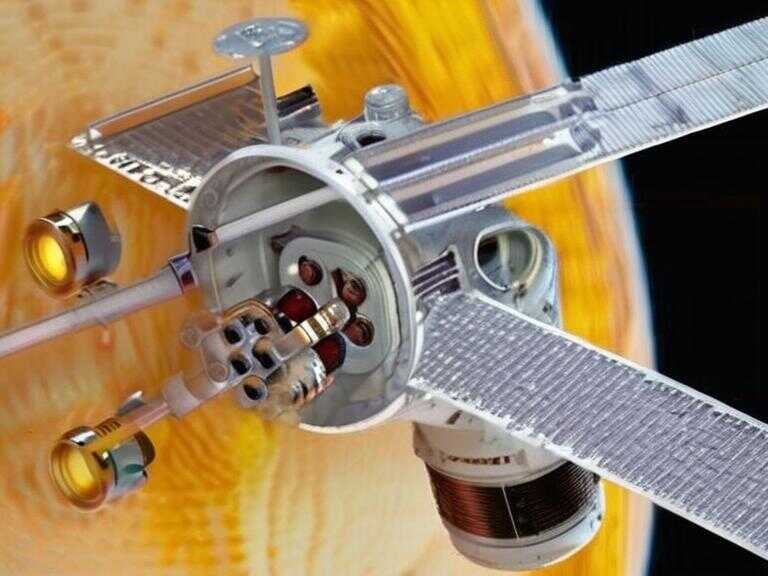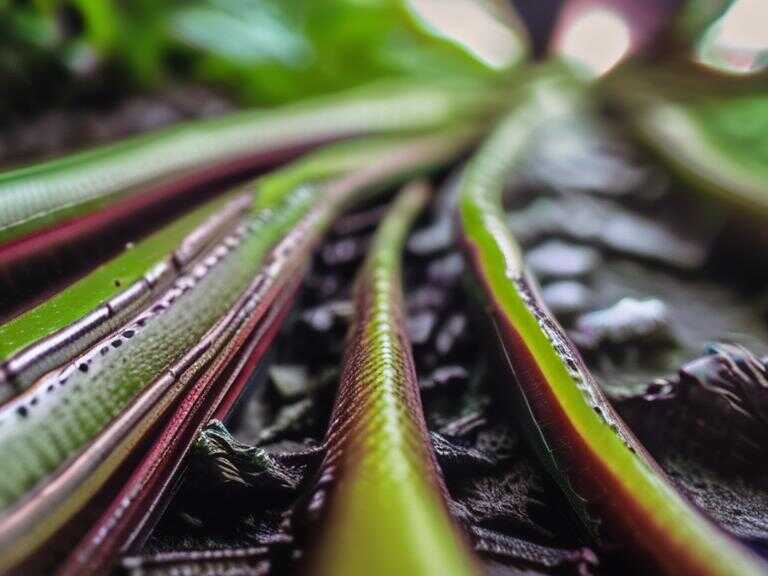
NASA Satellite Maps Global Plant Productivity with New Technology
NASA's PACE satellite is mapping plant productivity using its Ocean Color Instrument to observe changes in light reflection throughout the year.

Monitoring plant productivity is crucial for understanding the health and functioning of our planet's ecosystems. Recent advancements in satellite technology are providing scientists with unprecedented insights into this vital aspect of Earth's systems.
A groundbreaking study published on July 10th highlights the potential of NASA’s Plankton, Aerosol, Cloud, ocean Ecosystem (PACE) satellite for monitoring plant productivity throughout different seasons. Equipped with the Ocean Color Instrument (OCI), PACE captures a much broader range of light reflected from plants compared to previous instruments like MODIS.
Harnessing New Technology for Enhanced Plant Productivity Monitoring
By analyzing data collected between March and September 2024, researchers are gaining a clearer understanding of the seasonal variations in plant productivity across various ecosystems. This comprehensive dataset allows scientists to identify patterns and trends that were previously difficult to discern.
The ability to monitor plant productivity throughout the year is essential for assessing the impact of environmental factors such as climate change, precipitation patterns, and land use practices. Through data analysis, researchers can develop models to predict future changes in plant growth and their consequences for global food security and ecosystem services.
NASA's PACE mission represents a significant step forward in our ability to monitor and understand the dynamic processes occurring in Earth's ecosystems. The high-resolution data collected by OCI is revolutionizing the field of plant productivity monitoring, providing valuable insights for scientists, policymakers, and stakeholders concerned with sustainable land management and environmental conservation.
Share news















